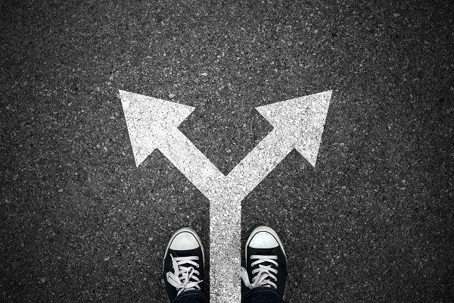If you’re exploring how bankruptcy can help you get out of debt, you may be hearing terms that are new to you. Two of these new terms might be “secured debt” and “unsecured debt.”
- Secured debt is debt backed by collateral, such as a car.
- Unsecured debt is debt that is not backed by collateral, such as credit card debt.
In this article, we’ll explore the difference between secured and unsecured debt and why it matters in regard to bankruptcy.
Secured Debt
Secured debt is a debt backed by collateral.
The debt itself is secured by something of value. If you default on payments on a secured debt, the creditor can seize the collateral to help satisfy the debt.
Secured debts include car loans and home mortgages. Your car loan is secured by the car itself. If you do not pay your car payment, the lender has the right to repossess the car. Your home mortgage is secured by the property. If you do not pay your mortgage, the lender has the right to foreclose on your home (using the appropriate process defined by state law, of course).
Unsecured Debt
Unsecured debt is debt that is not backed by collateral.
The debt itself is not secured by anything of value. If you default on payments on an unsecured debt, the creditor cannot seize property from you without first filing a lawsuit against you for nonpayment of debt and getting a judgment from the court.
Unsecured debts include:
- Credit cards
- Medical bills
- Personal loans
- Other types of credit or loans that were given without a collateral requirement.
To learn about what a creditor with a judgment can do, read our article My Creditor Sued Me and Now Has A Judgment here.
Why Does It Matter?
Whether a debt is secured or unsecured matters a great deal when it comes to bankruptcy.
Unsecured debts are generally dischargeable in bankruptcy. This means that unsecured debts are erased and after bankruptcy, you will not be obligated to pay those debts back. Credit card and medical debts are generally erased in full through bankruptcy.
Secured debts are treated very differently in bankruptcy. Personal liability on secured debt is erased in bankruptcy, but the liability remains attached to the collateral.
That may sound confusing – what it means is: if you intend to keep the collateral, like your car or house, a secured debt is attached to, then you must pay back the debt after bankruptcy. There are other nuances to this that we’ll discuss during our free consultation, but in short, it means that if you want to keep your car you must keep making your car payment, and if you want to keep your house, you must keep paying the mortgage.
Side note: Keeping your car or home through bankruptcy is entirely possible – read about Georgia’s exemption scheme here.
Meet With Us For A Free Consultation
We’re here to help you through your bankruptcy case from start to finish. Contact us to explore how bankruptcy can help you! We offer free consultations to anyone looking to explore how to get out of debt.
In the meantime, learn more about bankruptcy in our articles Chapter 7 Bankruptcy Explained and Chapter 13 Bankruptcy Explained. Don’t forget to follow us on Facebook for tips on getting out of debt!
We are a debt relief agency. We help people file for bankruptcy relief under the U.S. Bankruptcy Code.
The post What is the Difference Between Secured and Unsecured Debt? appeared first on Braziel Law.

